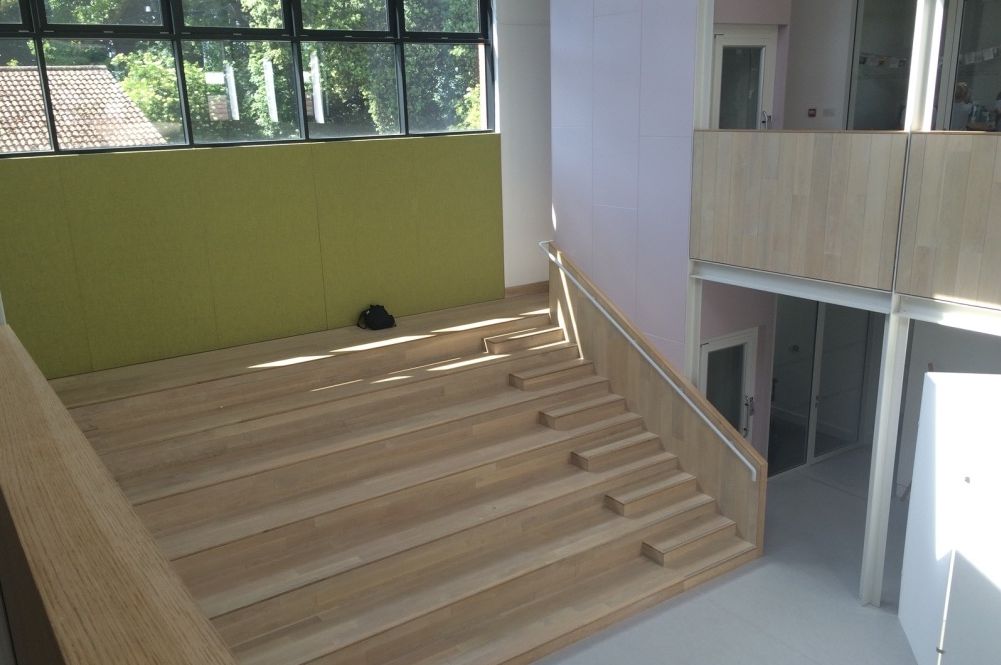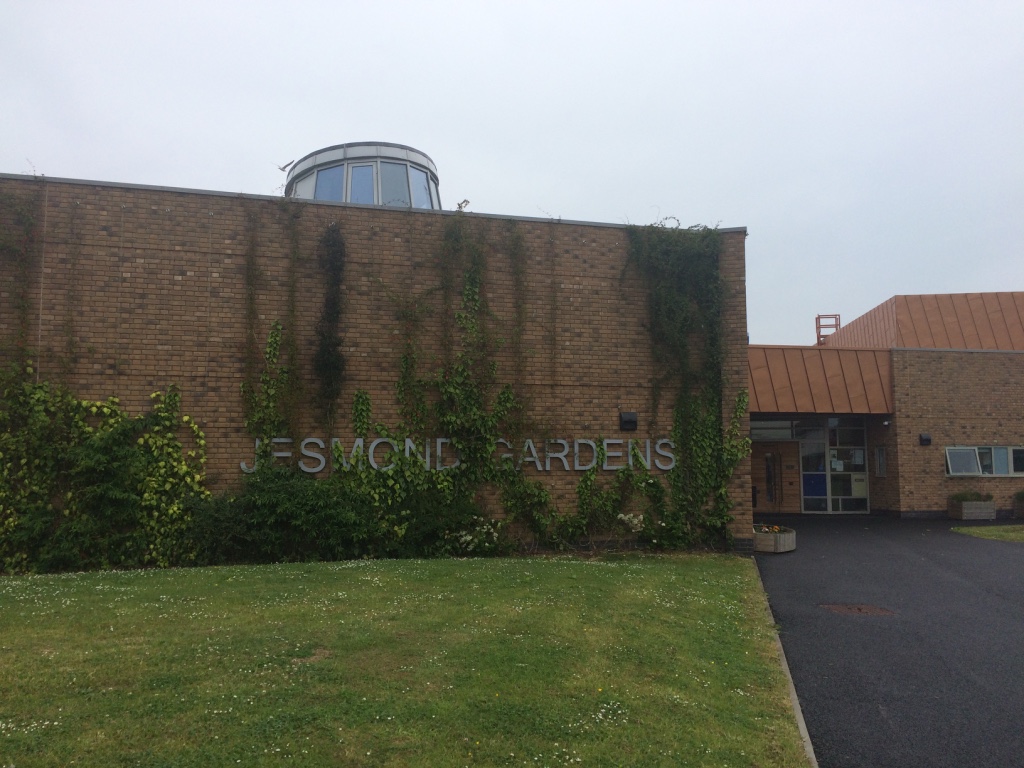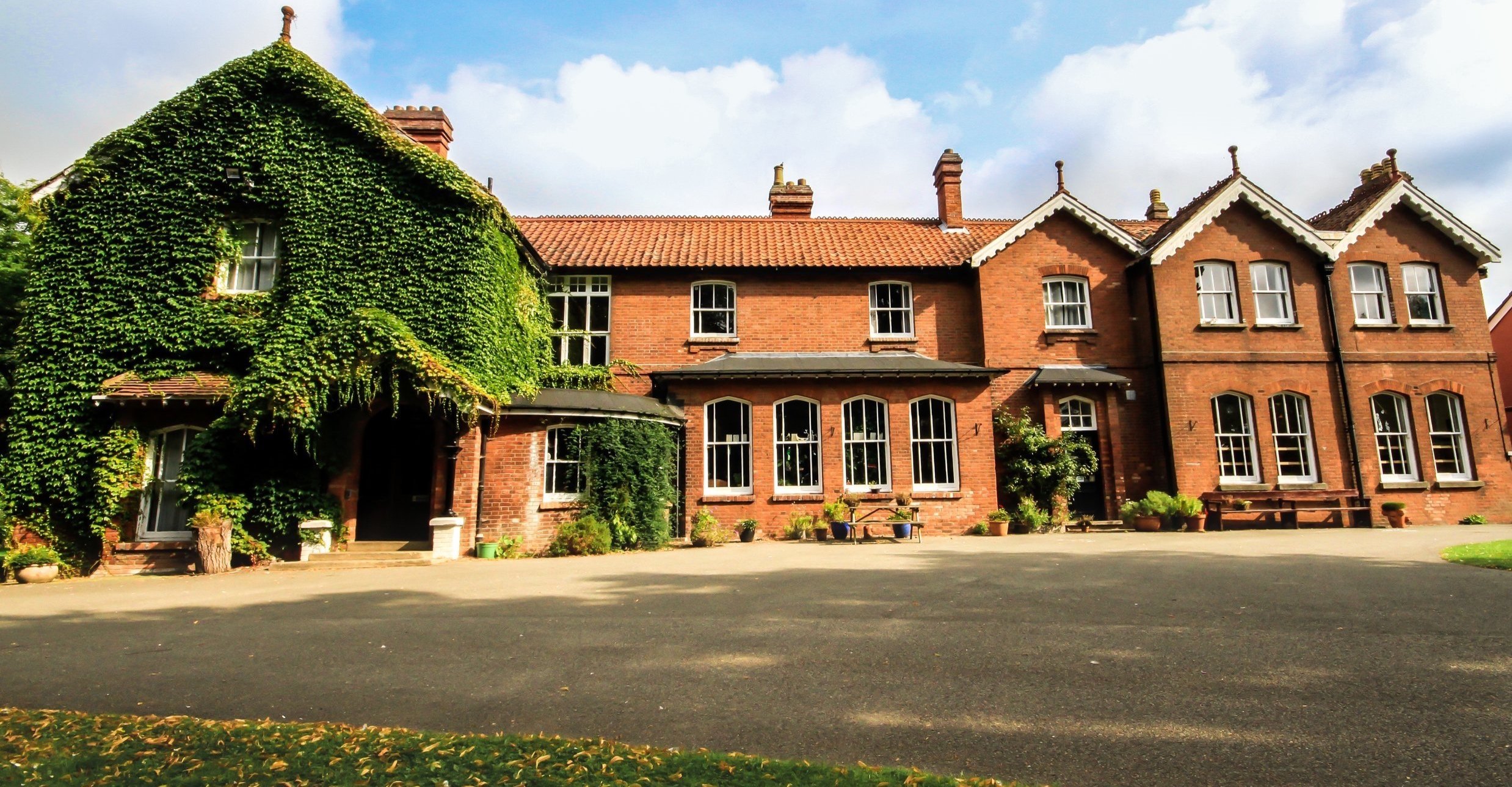EdDesign Mag Guest Essay
Adrian De Waal Ritter, a graduate of the University of The Free State in 1995, has registered as a professional in the architecture industry in 1996. With a diverse portfolio spanning large-scale residential, commercial, medical, and diplomatic architecture, both domestically and internationally, his expertise is extensive. In the early 2010s, he assumed the role of Chief Architect for a major Private School Group in South Africa, where he dedicated nearly a decade to refining his understanding of educational architecture and construction. Throughout this tenure, he meticulously explored the intricate relationship between design and its impact on learners and educators, recognizing them as the ultimate end-users of educational architecture.
Commencing my travels in the United Kingdom, I embarked on a comprehensive exploration of innovative school designs that challenge conventional paradigms of the educational space. Over the course of six months, I traversed the breadth of the nation, from Somerset to the City of London, Derbyshire to Leicestershire, immersing myself in a tapestry of architectural ingenuity. What emerged from this journey was a mosaic of inspired design strategies, meticulously tailored to foster dynamic learning environments. Gone were the stark confines of traditional rectangular classrooms; replaced by circular sanctuaries of learning, characterized by fluidity and adaptability.
In the realm of educational architecture, each school constructed heralds the promise of countless futures yet to unfold.
Commencing my travels in the United Kingdom, I embarked on a comprehensive exploration of innovative school designs that challenge conventional paradigms of the educational space. Over the course of six months, I traversed the breadth of the nation, from Somerset to the City of London, Derbyshire to Leicestershire, immersing myself in a tapestry of architectural ingenuity.
What emerged from this journey was a mosaic of inspired design strategies, meticulously tailored to foster dynamic learning environments. Gone were the stark confines of traditional rectangular classrooms; replaced by circular sanctuaries of learning, characterized by fluidity and adaptability.
The Hazlegrove Preparatory School
We started our journey on the South-Western side of England, setting our eyes on a classic preparatory school located in Sparkford, Somerset. The Hazlegrove Preparatory School, houses learners in the age group, 7 to 13 years of age. It is located in the countryside, surrounded by nature, which allows ample space for a school addition that enables a variety of functionalities.
![]()
The school was enlarged without adding any classroom spaces to the existing structure. The new addition is characterised by interleading spaces with fold-away doors covered by writable surfaces. The architects did a splendid job of transcending the traditional narrative of fixed industrialised classroom design by providing flexibility and adaptability to the learning environment.
The Hazlegrove Preparatory School
The grouped learning spaces are placed around a double volume, central space with proportions that are pleasing to the user. They managed to create a sense of interconnectedness within and with the external surroundings.
Material usages are simplistic, adding to the existing, yet new and refreshing in its application. Painted steel elements and large glazed surfaces contribute to a newer interpretation of a school whilst still being respectful of the historical context it occupies.
Ralph Allen School
From here, we continued our journey to the City of Bath where the Ralph Allen School is situated. Ralph Allen is a secondary and 6th Form school catering for mainly 11- to 19-year-olds, preparing them for a future in science, technology, engineering and mathematics.
Ralph Allen School
The distinguishing feature that immediately grabs your attention is the Rose Building. This space was added in 2014, related to languages and the Lee Sixth Form Centre, as added in 2013. The architects, Feilden Clegg Bradley Studios, understood the change required, and subsequently delivered a sensitive solution, something akin to what a colleague of mine, Theo Gütter, would refer to as “an honesty of materials”.
St Peter’s Catholic Primary School
We ventured on to the City of Gloucester, visiting St Peter’s Catholic Primary School in Gloucester, designed by the same architects.
![]()
The design is strong, form-giving, and detailed, but remains straightforward in material usage, archetype yet simplistic. Large hallways that double as learning spaces and hard wearing surfaces enable the building to withstand the rigours of heavy usage by students. What is especially impressive are the large overhangs which allows for a safe transition between outside and inside spaces, ideal for the rainy weather conditions common to this area.
St Peter’s Catholic Primary School
A large internal, tiered seating area provides the feel of double the space and speaks to an environment catering to more than just traditional schooling, almost creating a feeling of holiness. A trait that links perfectly with the Christian ethos of the school and this space can easily be utilised for religious gathering, raising the question, how integrated is the use of school and church on the same site?
Ark Evelyn Grace Academy
Next stop, London. We visited the Ark Evelyn Grace Academy in Brixton, on the Southern side of London. Designed by the late international architect, Zaha Hadid, we were amazed by the impact in form this has in the context within this exists.
Ark Evelyn Grace Academy
We could not obtain access to view the internal layouts, but the integrated nature of the outside versus the inside is breath-taking in how activities and functions overlap in the design.
Landau-Forte College
Onwards again towards the Midlands. The City of Derby, located in Derbyshire, is home to various industrial plants, including the aircraft engine manufacturer, Rolls Royce Holdings and Toyota. Here we visited Landau-Forte College, a secondary and 6th Form type with age groups 11 to 19.
The school has managed to make do with what they had, repurposing the existing and in the process creating a new purpose. Large spaces, with the feel of industry, create a comprehensive school that stands firmly in the context and flexibility to the order of the day. Today this school is seen by many as a beacon in the educational landscape of the East Midlands.
Tudor Grange Samworth Academy
Tudor Grange Samworth Academy in the City of Leicester, Leicershire, focussing on food, business and enterprise, followed.
The school is an outcome of two elements, one being the Church of England, hence the addition of the chapel at the entrance, and the Tudor Grange Academies Trust, which is a role player in the industry, maintaining a Christian ethos in schools in the Midlands and delivering outstanding education to all.
Tudor Grange Samworth Academy
![]()
Powerful yet simplistic in form, with several sport fields and various codes, it provides the user with an area of play. The insides are interesting with indirect lighting and colourful applications on various points. Useful space planning is abundant and circulation areas are large, easing the navigation of students, during harsh weather conditions. The school also houses an interesting solution to a refuse yard not seen in any other schools visited.
Tudor Grange Samworth Academy
Jesmond Gardens Primary School
Among the myriad marvels, Jesmond Gardens Primary School in Newcastle stands out as a beacon of innovation. Here, circular-elemental classrooms seamlessly transition into expansive communal areas or intimate study alcoves, facilitated by innovative curtain partitions. These bespoke design elements, including fire-resistant and sound-absorbing materials, redefine the educational landscape, transcending the limitations of conventional learning spaces.
Natural light, meticulously harnessed to mitigate glare, bathes the classrooms in a gentle luminosity, fostering an ambiance conducive to focused learning. Soft flooring in the form of carpets beckons students to explore, collaborate and create within an environment that prioritizes comfort and functionality.
Jesmond Gardens Primary School
Furthermore, the integration of verdant lounges within the school grounds provides tranquil retreats for contemplation and study, seamlessly blending the indoors with the outdoors. The transformative potential of thoughtful design is abundantly clear: by aligning with the cognitive and developmental needs of students, educational spaces could evolve into vibrant hubs of learning and growth.
Embracing this ethos, the school of the future must transcend the confines of traditional pedagogy, embracing flexibility, technology, and biophilic design principles. Spaces should seamlessly adapt to accommodate collaborative endeavours or solitary exploration, while fostering a harmonious relationship with the natural world.
![]()
In conclusion, I believe that our mission as architects is to continuously challenge the status quo of educational architecture, to confront a legacy rooted in antiquated industrial models- unfortunately most often ill-suited to the needs of modern learners. As architects, we are tasked with a profound responsibility: “to craft environments that nurture the holistic development of every child, transcending the boundaries of tradition and embracing the boundless potential of the future.”
About the Traveller
Adrian De Waal Ritter, a graduate of the University of The Free State in 1995, has registered as a professional in the architecture industry in 1996. With a diverse portfolio spanning large-scale residential, commercial, medical, and diplomatic architecture, both domestically and internationally, his expertise is extensive.
In the early 2010s, he assumed the role of Chief Architect for a major Private School Group in South Africa, where he dedicated nearly a decade to refining his understanding of educational architecture and construction. Throughout this tenure, he meticulously explored the intricate relationship between design and its impact on learners and educators, recognizing them as the ultimate end-users of educational architecture.
As a seasoned researcher and adept business developer, he has been instrumental in navigating the dynamic landscape of educational infrastructure and architecture. His contributions extend beyond the realm of design, as he delves into the transactional nature of the industry, discerning how a vacant piece of land can manifest the vision of a school.
Participating in numerous conferences across Europe and the USA, De Waal Ritter has cultivated a commitment to lifelong learning. He fervently advocates for the value of teamwork and emphasizes the importance of continual learning and research in fortifying understanding, design, and collaboration.
A dedicated listener, De Waal Ritter believes that genuine understanding stems from active listening, fostering a deeper comprehension of purpose and action.
Photo on the cover: Luke Hayes
March 2024






















